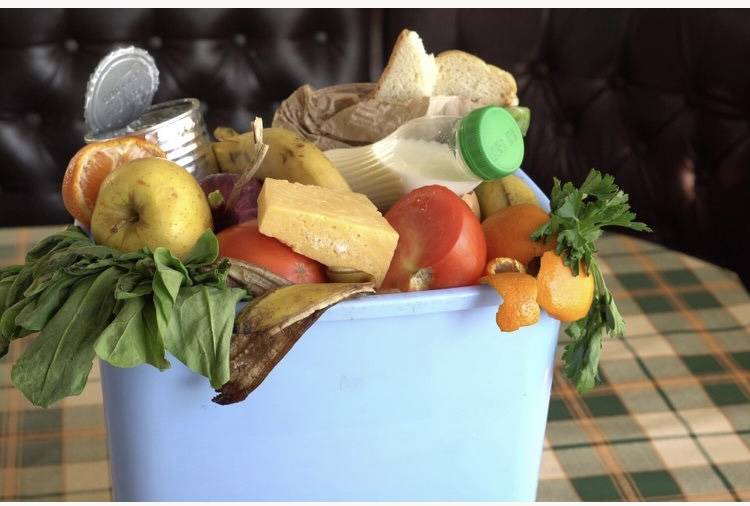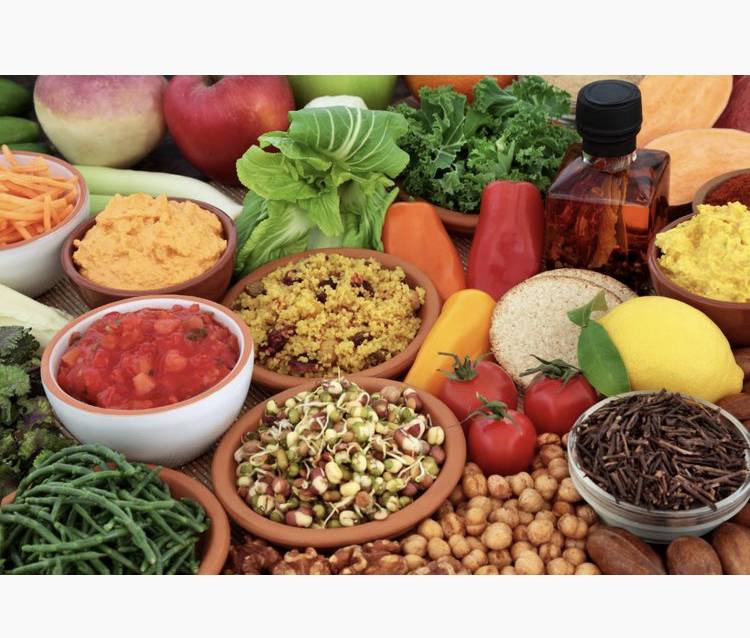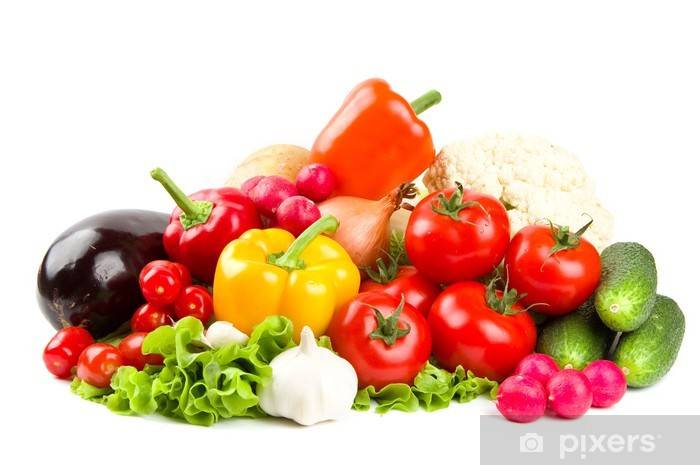Words by Holly Taylor, chef and co-founder of Kindling Restaurant in Brighton

Holly Taylor and Toby Geneen are the founders of Kindling Restaurant in Brighton. Kindling is about more than just the delicious food, it is a community of people: staff, customers and suppliers all sharing and celebrating local produce. Nature writes the menu as the seasons inspire the dishes. Kindling is featured in the Michelin Guide and is a member of the Sustainable Restaurants Association. Today they look at the dangers of Greenwashing and how your food shopping choices can help the environment.
When it comes to doing our bit to help tackle environmental issues, it’s important to remember two things: we must not let perfect be the enemy of good; even the smallest better choice makes a difference. We really are stronger together. Our spending power is an incredibly powerful tool to force corporations to act and help to address climate challenges.
 But how can you really tell if what you’re buying will make a difference, and that the claims aren’t just marketing hype?
But how can you really tell if what you’re buying will make a difference, and that the claims aren’t just marketing hype?
Greenwashing (making an item seem to have less of a negative environmental impact than it does) is common in many business sectors, but one area all of us are involved in (as consumers) is food. Terms such as green, non-toxic, plant-based, plant-derived, pure, raw, healthy, all-natural all lead us to believe the product is a better choice. But they are often used to greenwash.
As consumer demand for environmentally friendly products has risen, greenwashing has become increasingly common. This has led to growing consumer confusion, making it more difficult than ever to make genuinely sustainable choices.
So, what should you be looking out for?

Vague claims
Maybe the company uses very general terms such as ‘green’ or ‘eco-friendly’ but doesn’t provide any reason for their statement. Companies that are proud of their commitment to the environment will have the information behind their claims freely available and will happily answer consumer questions. Watch out for claims that are imprecise and have no evidence to back them up. Don’t be fooled by clever branding that makes a product look environmentally friendly when it has no right to be.
A product’s whole life cycle
As an example, a meat replacement product may major on the fact that it is plant-based, but what really counts is how those plants were grown and how much energy has been used in the processing of the ingredients to make the end product. A plant-based product that is revealed to have been produced from an international catalogue of ingredients that have all been intensively farmed isn’t as good for the environment as it initially sounds and certainly not as good as vegetables grown a few miles from your location.

Certification
Most of us don’t have the time to research everything we eat, a fact that a lot of companies are relying on! The good news is there’s a growing number of sustainability certification bodies, such as B Corp, The Ethical Company Organisation, Planet Mark and FutureFit Business that provide comprehensive assessments and certifications for companies that truly want to address their environmental impact. These organisations offer businesses a roadmap so they can measure and mitigate their social and environmental impact, with the end goal of reducing their contribution to climate change.
Too good to be true?
When it comes to green washed products, if it sounds too good to be true, there is a good chance that it is. Most sincerely green production practices are going to be lower yield and higher cost – so you should expect to pay more. A company that’s truly committed to reducing its carbon emissions is going to invest money in making changes to production and infrastructure to achieve this.
In the last few years carbon offsetting has become very popular with large corporations who wish to appear more environmentally friendly, but sadly this isn’t a long-term solution to climate change. Sure, planting trees to suck carbon dioxide out of the atmosphere as they grow is a positive thing. But it’s significantly less positive than not producing so many greenhouse gases in the first place. Unfortunately, the buzz around carbon offsetting has rather distracted consumers from the core problem which is skyrocketing carbon emissions. Offsetting schemes aren’t bad, but they don’t cancel out the emissions to which they are linked. Instead, they’re a distraction that stops us from holding companies accountable for their enormous environmental impact. It allows these companies to continue with their unsustainable behaviour while shifting their responsibility for the climate onto the consumer.

Go back to basics
One of the best ways to avoid greenwashing in food is to get back to basics as much as possible. Try to buy your food locally from the people who produce it. Look out for farmers who are championing regenerative agriculture – a farming practice that aims to enhance the land and work with the environment rather than against it.
Some of the simplest things to do include:
• Buying veggies at a farmer’s market.
• Signing up to a locally grown veg box scheme.
• Getting your meat and fish from a local butcher and fishmonger who will know where it has come from
• Where possible cooking from scratch rather than buying processed food.
• Swapping to products that have certified sustainability credentials
• Buying from smaller, more local companies – they will naturally have a lower carbon footprint compared to corporate giants.
As much as possible, ask questions about where your ingredients come from: where in the world are they grown, how many food miles have they travelled, and how have they been grown?